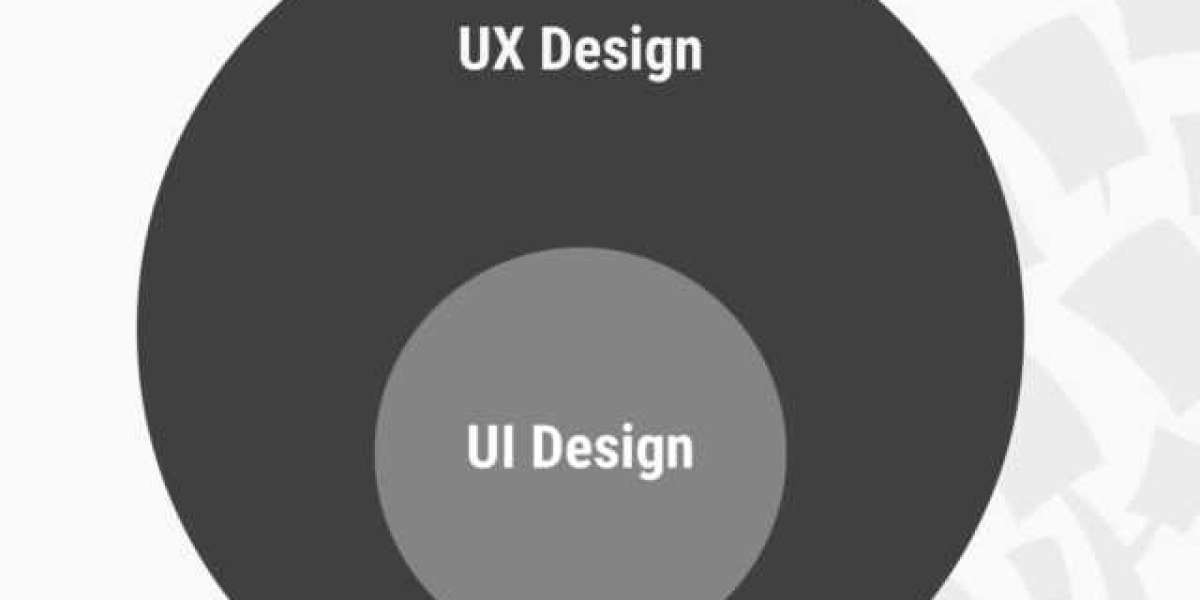In today’s digital landscape, interface design plays a pivotal role not only in shaping user experiences but also in ensuring that digital products are inclusive and accessible.
While aesthetics and usability are crucial, accessibility often becomes the defining factor in whether a product truly serves all users. Integrating accessibility into interface design is no longer a nice-to-have; it's a core responsibility of modern product design.
This article dives deep into how accessibility intertwines with interface design in product design offering mid-level professionals practical frameworks, design considerations, and real-world tips to elevate inclusivity across their work.
Why Accessibility Matters in Interface Design
Accessibility ensures that people with varying physical, cognitive, auditory, visual, or speech-related abilities can effectively use digital products.
In many ways, designing accessible interfaces pushes us to create cleaner, more thoughtful, and efficient user experiences for everyone.
When done right, accessibility doesn’t just benefit users with disabilities, it improves usability for broader audiences, including people using mobile devices, working in noisy environments, or experiencing temporary impairments.
And from a business standpoint, inclusive design drives broader adoption, strengthens brand perception, and often helps companies meet legal compliance standards (such as WCAG and ADA).
Core Principles of Accessible Interface Design
Designing inclusive interfaces means going beyond surface-level tweaks. It requires a mindset shift toward accessibility-first design choices. Here are key principles every designer should apply:
1. Perceivability
Ensure users can perceive all information presented on the interface. This includes using sufficient color contrast, offering text alternatives for non-text content (like images), and structuring content with logical heading hierarchies.
2. Operability
Your interface should be fully navigable using a keyboard alone. Focus indicators, skip links, and logical tab orders are essential, particularly for users who rely on screen readers or alternative input devices.
3. Understandability
Avoid jargon and complex interactions. Language should be clear and predictable. Form instructions, error messages, and navigation elements should be consistent and easy to comprehend.
4. Robustness
Design your interface to work across multiple devices, platforms, and assistive technologies. Semantically structured HTML, responsive design, and progressive enhancement are crucial to future-proofing accessibility.
Practical Tips for Integrating Accessibility
Mid-level professionals are often tasked with balancing user experience with development and business priorities. Here are actionable ways to ensure accessibility isn’t an afterthought in your design process:
Tip 1: Start with Inclusive Research
Include users with disabilities during user research and usability testing. Their feedback highlights friction points that may go unnoticed in traditional testing groups.
Tip 2: Use Accessible Design Patterns
Follow established UI patterns that are tested for accessibility. For example, use native HTML elements for forms and buttons rather than div-based workarounds, which are harder to make accessible.
Tip 3: Leverage ARIA Responsibly
ARIA (Accessible Rich Internet Applications) can enhance accessibility, but improper use can harm it. Stick to native elements where possible and only use ARIA roles when necessary—and correctly.
Tip 4: Test with Real Assistive Technologies
Automated tools like Axe or Lighthouse are a good starting point, but they only catch about 30% of issues. Use screen readers (like NVDA or VoiceOver) and keyboard-only navigation to validate real-world accessibility.
Tip 5: Document Accessibility Standards
Create internal documentation or accessibility checklists to maintain consistent standards across teams. Ensure accessibility requirements are part of design specs, not just an afterthought in QA.
The Role of Interface Design in Product Design
Interface design is a critical touchpoint within the broader product design process. It’s where abstract concepts and product strategy meet real users. When accessibility is embedded into this layer, it reflects a product’s commitment to user-centric thinking.
By integrating accessibility into your interface design practices, you’re not only refining the experience—you’re shaping a product that works for more people, in more contexts, with fewer barriers.
Moreover, inclusive design fosters innovation. Think of curb cuts and closed captions—initially designed for people with disabilities, now widely used by everyone. The same logic applies in interface design: accessible features often become mainstream UX improvements.
Tools and Resources to Support Accessible Design
There’s a growing ecosystem of tools that help designers and developers build accessible interfaces. Here are a few essentials:
- Color Contrast Analyzers: Tools like Stark or Contrast Checker help ensure your UI meets WCAG contrast ratios.
- Screen Readers: VoiceOver (macOS), NVDA (Windows), and TalkBack (Android) let you test interfaces from a non-visual perspective.
- Accessibility Plugins: Axe, Wave, and Lighthouse browser plugins quickly identify issues during design and development.
- Design Systems: Leverage design systems like Material Design or Carbon that bake accessibility into their components.
Building an Accessibility-First Culture
Accessible interface design isn’t just a checklist—it’s a culture. Encourage collaboration between designers, developers, and QA early and often. Accessibility champions within teams can guide conversations and advocate for inclusive practices from ideation through delivery.
Even small changes—like labeling form fields correctly or offering captions on videos—accumulate into a significantly more inclusive product. Every touchpoint matters.
Final Thoughts
Accessibility in interface design is about more than compliance—it’s about empathy, equity, and excellence in product design. As mid-level professionals, you’re in a unique position to influence workflows, champion inclusive decisions, and set a higher standard for design across your team and products.
By embedding accessibility into the DNA of your interface design practices, you’re not only future-proofing your product—you’re designing for everyone.



